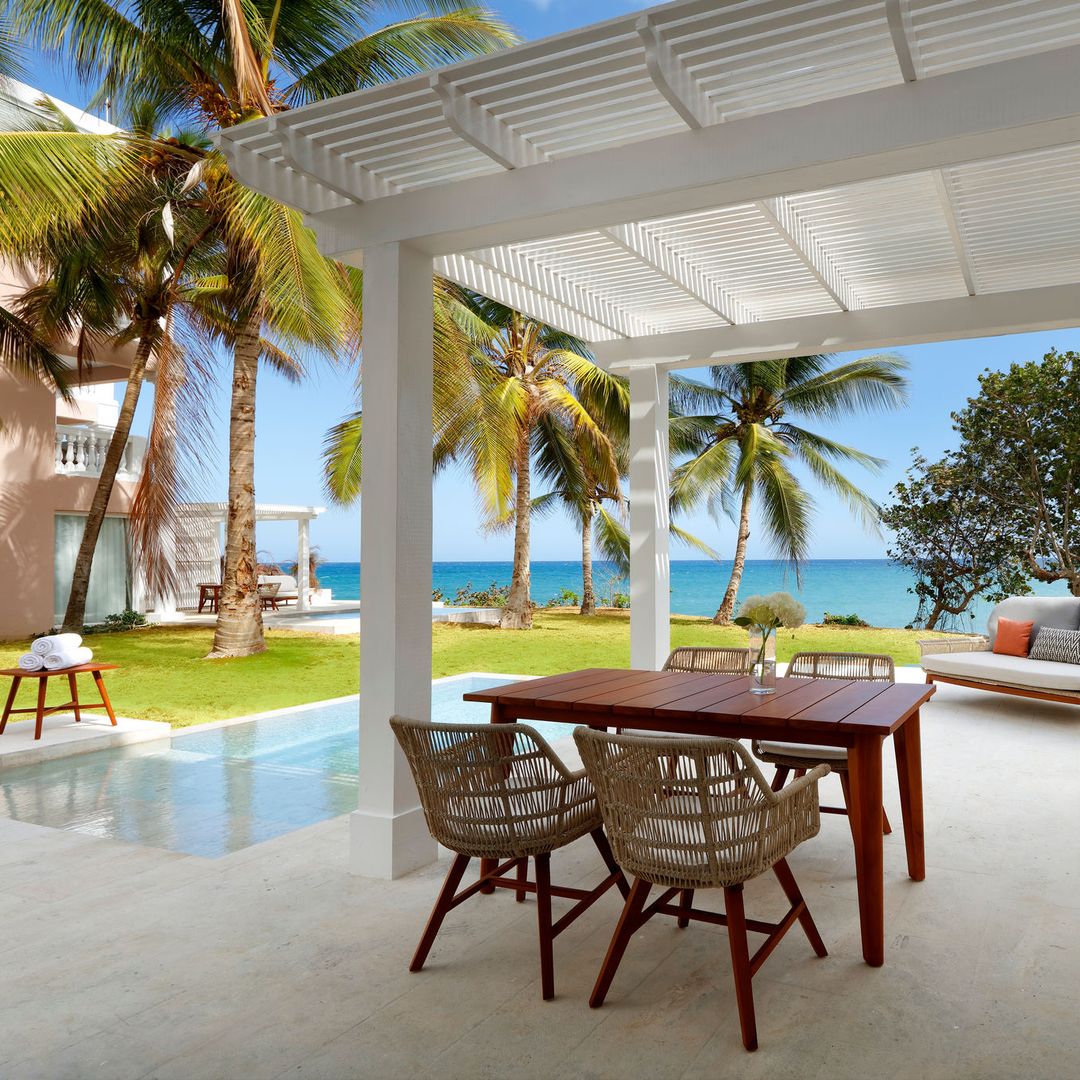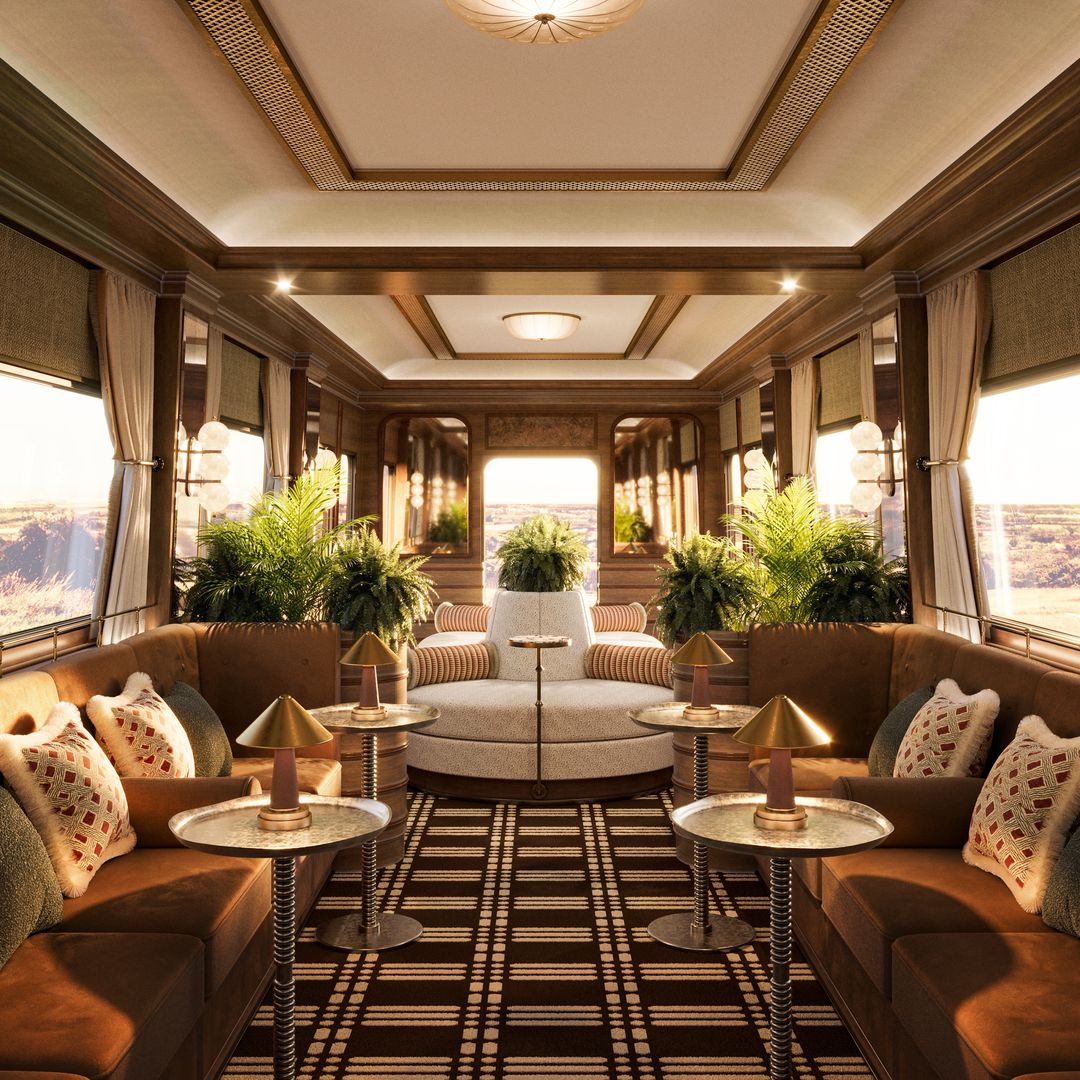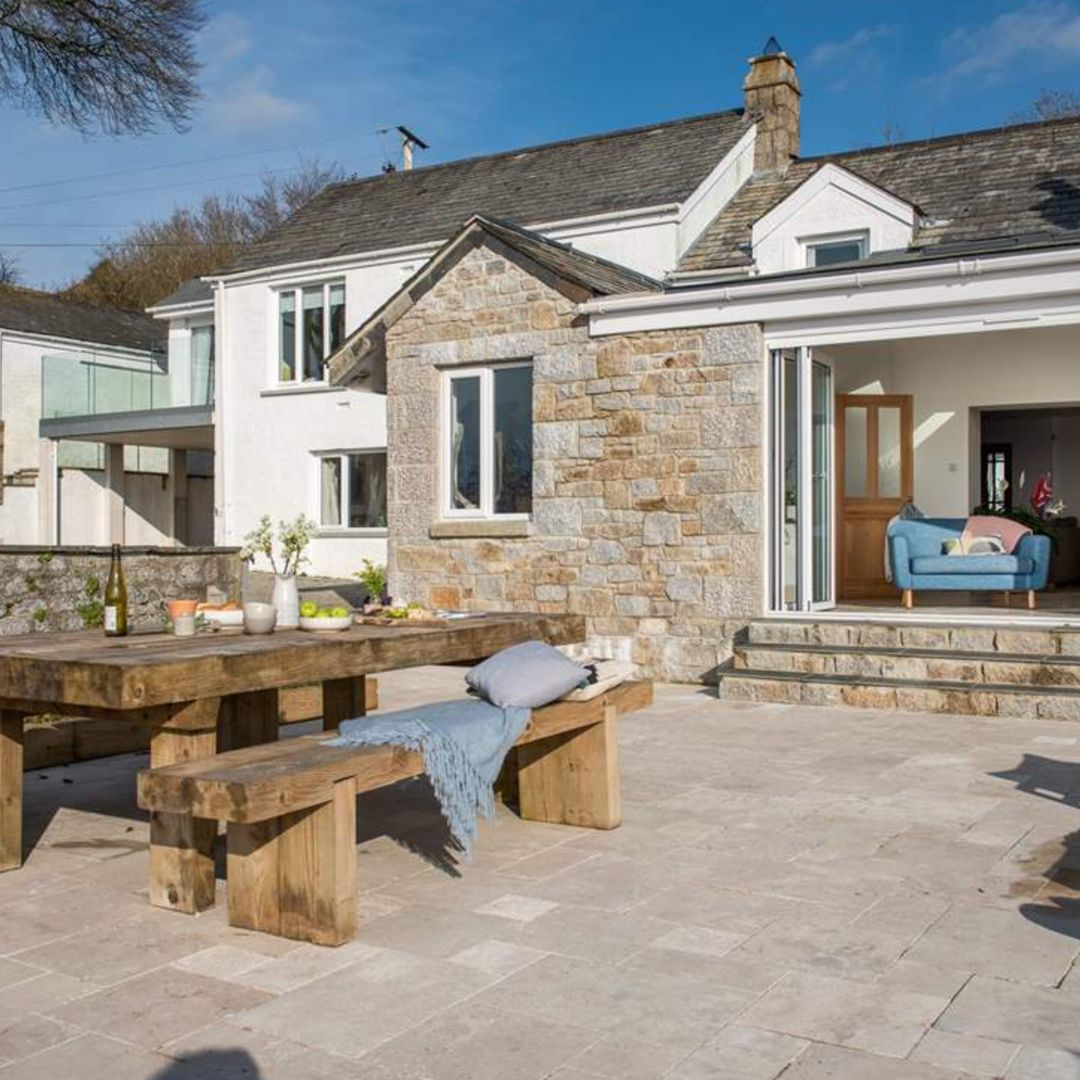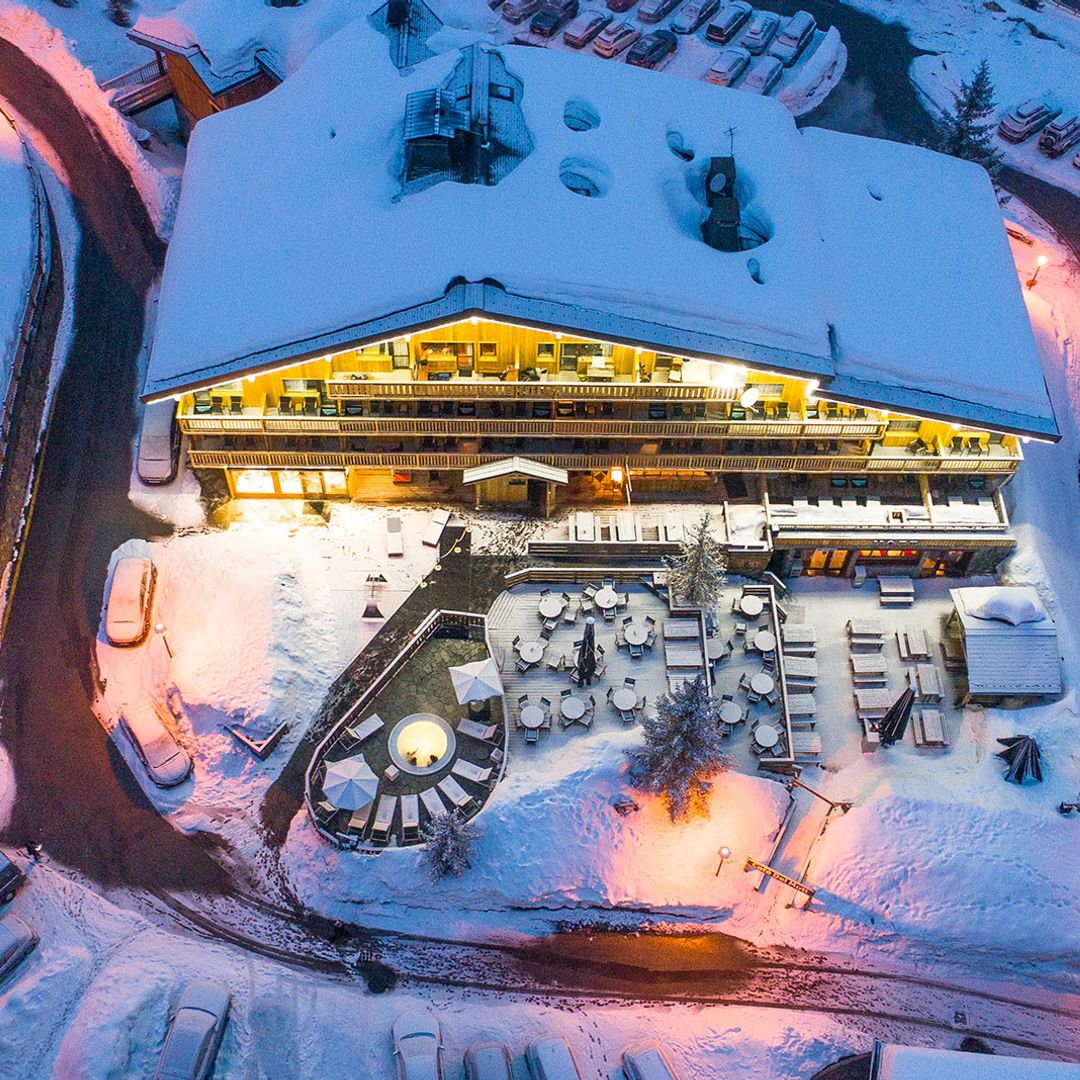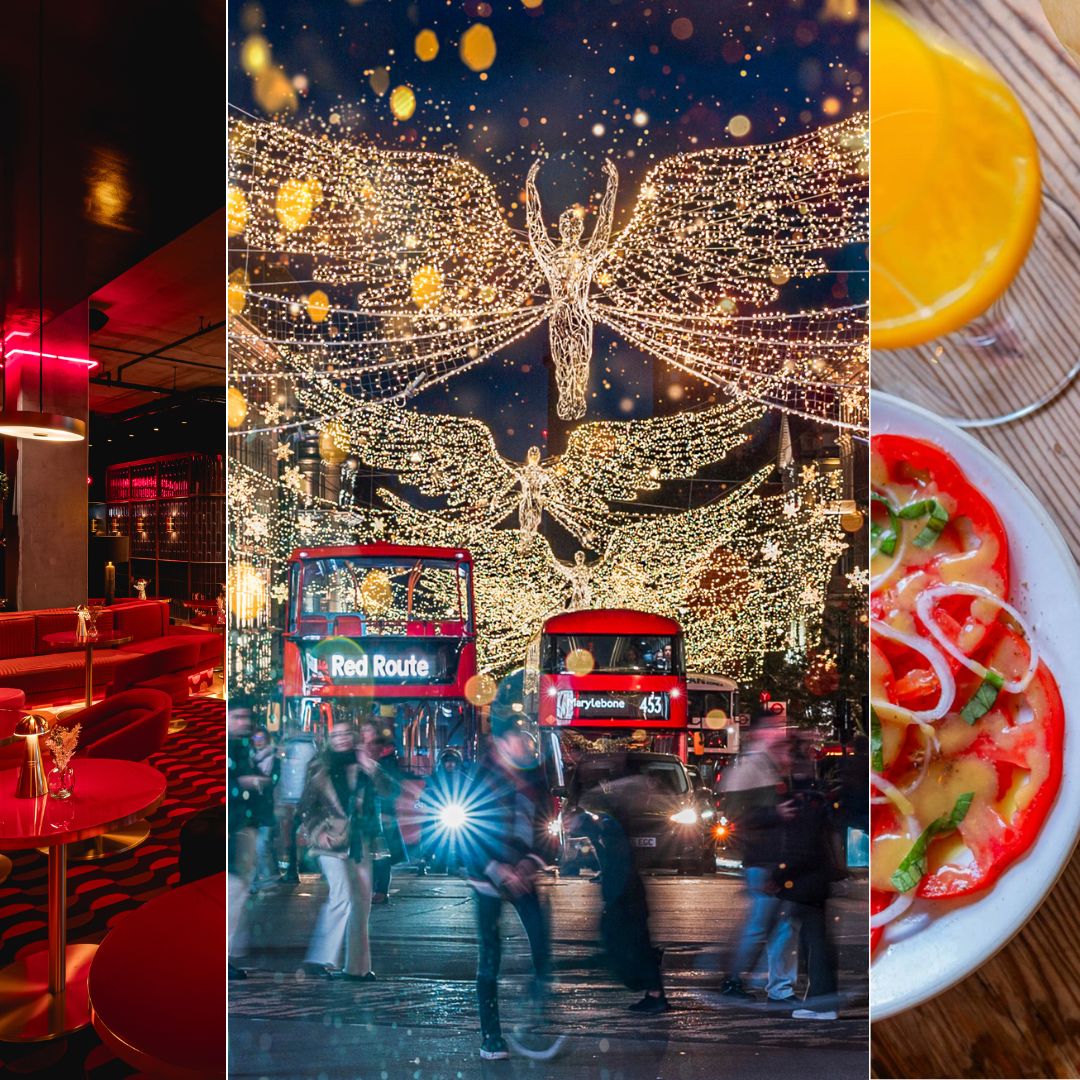Brunei’s full name – Brunei Darussalam – means"abode of peace". Now this sleeping beauty,located between the South China Sea andMalaysia’s rainforest, is more than happy to havethat peace disturbed. With some 100 miles of sandybeaches and national parks teeming with wildlife,Brunei is set to become a holiday destination to rival its tropical neighbours.
Brunei lies on the north-west coast of Borneo,between the Malaysian Borneo states of Sabah andSarawak. Wealthy from abundant supplies of oiland gas, until now Brunei and its people have feltneither the need nor the desire to attract tourists and as a result the country has remained a well-kept secret. But that’s all changing.
Keen to become a holiday haven rather than just a stop-off on the way to Australia, Singapore or Thailand, Brunei is actively wooing visitors with the prospect of tropical beaches, longboat trips into the jungle and the opportunity for a rare glimpse into authentic village life. Another draw is that Brunei is an easy country to travel around: there’s little poverty (it is unusual to find a household without a car) and crime is virtually unknown.
Beautiful beaches
Chilling out is a pleasure on one of Brunei’suncrowded beaches. Families should headfor Muara Beach on the north coast with itsgood stretch of sand, food stalls, children’splayground and modern facilities. Otherlovely beaches are: Serasa, just along fromMuara town, where you can sail, windsurf,water-ski and fish; Pantai Seri Kenangan –which means, aptly, "unforgettable beach" –in Tutong, where a new holiday resort isbeing established; and Tungku Beach alongthe Muara-Tutong coastal road.
Natural wonders
One of Brunei’s biggest attractions are itsnature reserves and parks. It’s best to hire acar to get to them, as there is no railway, thebus service stops running at 6pm and taxiscan be pricey. To get to Ulu Temburong, one of the most popular and most beautiful reserves, the only way is by boat. The journey is a great introduction to therainforest. You’re likely to see numerous birdspecies including the head-turning hornbill,as well as gibbon and exotic flying lizards. Ifyou’re lucky, you might even see monkeysdropping from the trees into the river for acooling swim or hear them laughing at youas you try to keep dry in the traditionallongboats that transport you from BatangDuri. After the boat docks, there’s aspectacular one-hour climb up to a canopywalkway via two hanging bridges and aplankway. It’s well worth the effort, as theviews are breathtaking – and eating a picnicof fresh local dishes in such stunningsurroundings is close to heaven on earth.
Vibrant village life
It’s worth taking one of various guided tours.
Perhaps the most interesting is to the uniqueKampung Ayer – literally "water village" – onthe Brunei River. This group of stilt houses ishome to 30,000 inhabitants. Here you’ll beinvited to the village’s "show home" whereyour host proffers sweet tea and cakes. Thestilt houses were built before rainforest areaswere cleared for more orthodox housing, butmany of them are bang up-to-date, withsatellite TV and internet connections.
Communities in the village each have theirown chief, schools, police station, fire stationand waterbus stops. This is your last chanceto see a rapidly disappearing lifestyle. In a bidto modernise the country’s image, theauthorities have decreed that if a house fallsempty, it may not be be reoccupied.

